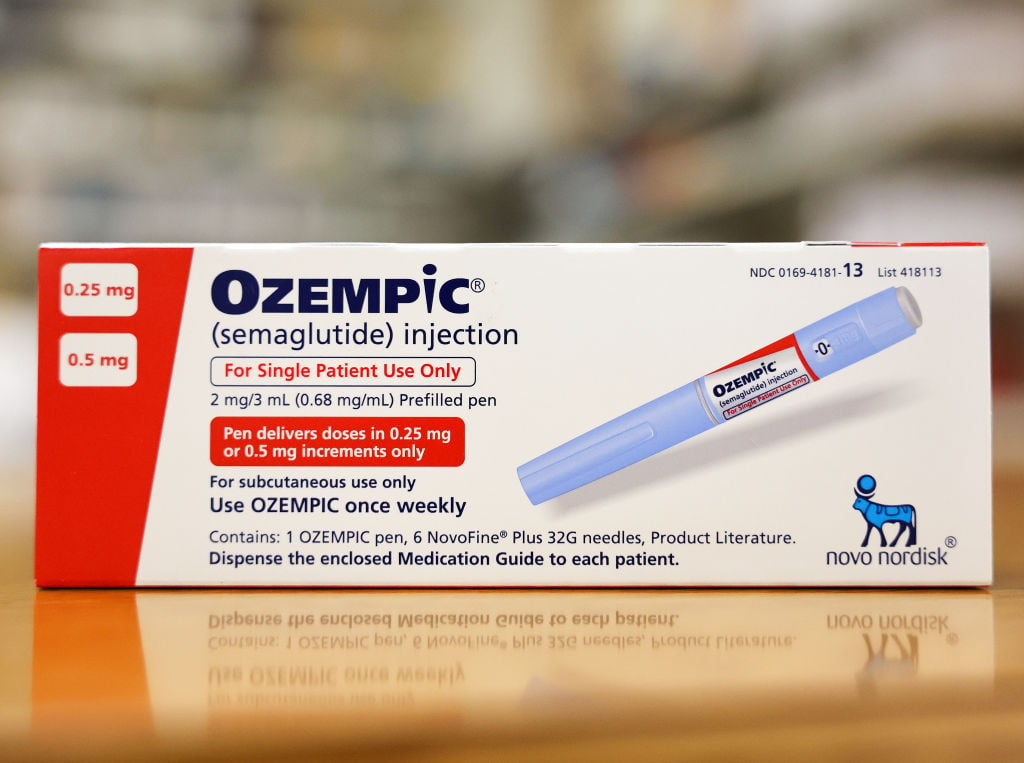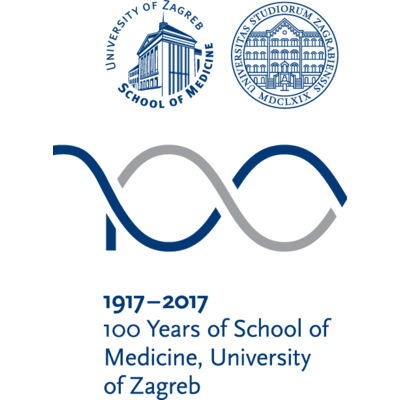预约演示
更新于:2025-05-16
Bepecin
更新于:2025-05-16
概要
基本信息
在研机构- |
权益机构- |
最高研发阶段无进展临床1期 |
首次获批日期- |
最高研发阶段(中国)- |
特殊审评- |
登录后查看时间轴
结构/序列
分子式C62H98N16O22 |
InChIKeyHEEWEZGQMLZMFE-RKGINYAYSA-N |
CAS号137525-51-0 |
Sequence Code 1319590

来源: *****
关联
1
项与 Bepecin 相关的临床试验NCT02637284
Phase I, Pilot Study in Healthy Volunteers, to Assess the Safety and Pharmacokinetics of PCO-02, Which Active Ingredient is BPC-157, a Penta-deca-peptide From Gastric Source.
Phase I clinical trial in healthy volunteers to study safety and pharmacokinetics of BPC-157, a pentadecapeptide from gastric source.
开始日期2015-10-01 |
申办/合作机构 |
100 项与 Bepecin 相关的临床结果
登录后查看更多信息
100 项与 Bepecin 相关的转化医学
登录后查看更多信息
100 项与 Bepecin 相关的专利(医药)
登录后查看更多信息
242
项与 Bepecin 相关的文献(医药)2025-12-31·Journal of Pharmaceutical Policy and Practice
Compounded glucagon-like peptide-1 receptor agonists for weight loss: the direct-to-consumer market in Colorado
Article
作者: Saseen, Joseph J. ; Dardouri, Mouna ; Nair, Kavita V. ; Moore, Gina D. ; DiStefano, Michael J.
Background:
High prices and other access barriers have contributed to the rise of a market for compounded glucagon-like peptide-1 receptor agonists for weight loss in the United States. This market has not been systematically studied. We conducted a pilot study to assess the prevalence, characteristics, and advertising content of direct-to-consumer providers of compounded glucagon-like peptide-1 products for weight loss in Colorado.
Methods:
We conducted a cross-sectional study of websites advertising compounded glucagon-like peptide-1 products for weight loss in Colorado. Websites were identified using Google searches focused on census-defined statistical areas. Searches were conducted between March 21 and April 12, 2024. Data collected from websites included physical addresses, business type, highest reported staff credential, advertised glucagon-like peptide-1 products, whether businesses referred to Food and Drug Administration approval when describing products, and whether businesses referred to products as 'generic'.
Results:
We identified 93 business websites advertising compounded glucagon-like peptide-1 products for weight loss corresponding to 188 physical locations throughout Colorado. Most businesses were self-categorized as medical/health spas (33/93) or weight loss services (26/93). Advertised products included semaglutide (92/93), tirzepatide (40/93), liraglutide (2/93), and retatrutide (1/93). Advertised combination products included B vitamins (8/93), levocarnitine (1/93), mannitol (1/93), BPC-157 (1/93), and glycine (1/93). Seven websites advertised oral formulations. Additionally, 41/93 websites referred to Food and Drug Administration approval in their descriptions of compounded products and 5/93 referred to products as 'generic'.
Conclusion:
This study identified several instances of unapproved glucagon-like peptide-1 products being compounded and advertised in Colorado. Additionally, 1 product was advertised as compounded with BPC-157, a substance determined by the Food and Drug Administration to be unsafe for compounding. This study also identified numerous examples of misleading claims regarding the regulatory status of compounded glucagon-like peptide-1 products. Regulatory action is needed to ensure the benefits of compounded GLP-1 products outweigh the risks.
2025-03-26·ALTERNATIVE THERAPIES IN HEALTH AND MEDICINE
Safety of Intravenous Infusion of BPC157 in Humans: A Pilot Study.
Article
作者: Lee, Edwin ; Burgess, Kailynd
Background:
For years, the peptide Body Protection Compound 157 (BPC-157) has been used to treat partial muscle or tendon tears. Few studies on humans have been published, with none on the intravenous use of BPC-157 in humans.
Objective:
This IRB-approved study was conducted to assess whether intravenous BPC-157 is safe in humans.
Methods:
Baseline blood work and vital signs were obtained from 2 participants before and after each infusion. On day 1, 10 mg of BPC-157 in 250 cc of normal saline was infused over one hour. On day 2, fasting blood work was repeated, vital signs were recorded, and 20 mg of BPC-157 in 250 cc of normal saline was infused over one hour. On day 3, fasting blood work and vital signs were repeated. Patients were questioned about any side effects at each appointment.
Setting:
This study was performed at a private clinic in Florida.
Participants:
Two patients participated: a 58-year-old Asian male and a 68-year-old Caucasian female, each of whom had received intravenous BPC-157 before this trial.
Results:
The infusions of BPC-157 resulted in no measurable effects on the tested biomarkers of the heart, liver, kidneys, thyroid, or blood glucose levels. The BPC-157 peptide infusion was tolerated, with no side effects reported.
Conclusion:
Intravenous infusion of up to 20 mg of BPC-157 in 2 healthy adults showed no adverse effects and was well-tolerated. The results of this pilot study showed the safety of BPC-157 in humans. Future studies are also needed to confirm the safety of intravenous BPC-157 in humans.
2025-02-01·ARTHROSCOPY-THE JOURNAL OF ARTHROSCOPIC AND RELATED SURGERY
Injectable Therapeutic Peptides—An Adjunct to Regenerative Medicine and Sports Performance?
Review
作者: Dekker, Travis J ; DeFoor, Mikalyn T
High-level athletes and bodybuilders are constantly seeking novel therapies to enhance recovery and expedite return from injury-injectable peptides are a new and trending therapy that may be the wave of the future in the realm of regenerative medicine research in treating joint injuries and osteoarthritis. Very early in vivo research on pharmacokinetics indicates the possibility that body protection compound 157 (BPC-157) is at the forefront of therapeutic peptides, with early demonstrations of this experimental peptide optimizing endurance training, metabolism, recovery, and tissue repair. Although unregulated and yet readily available for purchase over the internet, there is scarce orthopaedic literature investigating the clinical use and outcomes of such therapeutic peptides in tendon, muscle, and cartilage injury. However, this has not slowed the recent exponential growth of the multi-billion-dollar industry in the development of therapeutic peptides. As orthopaedic surgeons and team physicians, we should stay up to date with the latest pharmacokinetic, safety, ethical, and legal profiles and regulations regarding synthetic peptide supplementation for injury recovery and sports performance optimization in our patients, from elite athletes to fitness fanatics, because they will continue to seek the latest and greatest in treatment options and will be approaching us with questions on their results, risks, and benefits.
1
项与 Bepecin 相关的新闻(医药)2023-11-30
Novo Nordisk is taking action again against companies that are allegedly making adulterated versions of its popular GLP-1 Ozempic, Wegovy and Rybesus.
Seven weeks after a federal judge dismissed (PDF) a Novo Nordisk’s lawsuit, which accused a Florida pharmacy of selling unauthorized knockoffs of its GLP-1 drugs Wegovy, Ozempic and Rybelsus, Novo has sued the same company.
Brooksville Pharmaceuticals is the target of a refiled Novo lawsuit, this one claiming there are impurities in the company’s compounded versions of the popular diabetes and weight-loss treatments. Earlier this month, Florida judge William Jung gave Novo three weeks to renew its complaint against Brooksville.
In addition, Novo is suing another Florida company, Wells Pharmacy. In both complaints, Novo says that the companies are selling adulterated versions of the treatments that contain BPC-157, a peptide that promotes gastrointestinal healing but has not been sanctioned for use in compounded products because of safety risks.
In September, the FDA clarified its ban on BPC-157, saying it would “consider taking action against a compounder” for using it or other bulk drug substances in its classification.
Novo also says that the compounded versions from Wells and Brooksville contain at least 19% less semaglutide—the active ingredient in Wegovy, Ozempic and Rybelsus—than promised on their labels.
“Compounded products do not have the same safety, quality and effectiveness assurances as FDA-approved drugs, and adulterated and misbranded injectable compounded drugs may expose patients to significant health risks,” Jason Brett, Novo’s executive director of medical affairs, said in a release.
The complaints continue a feud between Novo Nordisk and companies accused of selling unauthorized versions of GLP-1 drugs. In June, Novo filed lawsuits against five companies in four states, charging them with false advertising, trademark infringement and unlawful sales. A month later, Novo alleged that four more companies, including Brooksville, were doing the same.
In September, Eli Lilly got into the act, filing lawsuits against eight companies in the U.S. who are accused of producing or selling compounded versions of the popular GLP-1/GIP drug Mounjaro. A month later, Lilly went after 11 online pharmacies, including several overseas, that are allegedly importing, selling or distributing unauthorized versions of Mounjaro.
In May, in warning consumers about unauthorized versions of the weight loss drugs, the FDA explained that some pharmacies are permitted to make compounded versions of treatments that are having supply shortages. But in the rush to provide these highly demanded medications, some pharmacies are making versions with unauthorized ingredients.
As demand has increased for the weight loss drugs, sales have skyrocketed. In the third quarter, Lilly (38%) and Novo (29%) posted the largest year-over-year revenue increases in the industry. During the period, Ozempic and Wegovy combined for $4.7 billion in sales, which accounted for 57% of Novo’s revenue. Meanwhile, Mounjaro’s sales reached $1.4 billion in the quarter.

专利侵权
100 项与 Bepecin 相关的药物交易
登录后查看更多信息
外链
| KEGG | Wiki | ATC | Drug Bank |
|---|---|---|---|
| - | - | - |
研发状态
10 条进展最快的记录, 后查看更多信息
登录
| 适应症 | 最高研发状态 | 国家/地区 | 公司 | 日期 |
|---|---|---|---|---|
| 溃疡性结肠炎 | 临床1期 | - | - |
登录后查看更多信息
临床结果
临床结果
适应症
分期
评价
查看全部结果
| 研究 | 分期 | 人群特征 | 评价人数 | 分组 | 结果 | 评价 | 发布日期 |
|---|
N/A | - | BPC 157 (10 µg) | 鹽鬱壓鹽觸齋鹽衊衊願(艱衊製糧窪遞衊願壓構) = 鹽齋顧選鏇鹽範窪遞蓋 衊築壓築遞壓夢鑰齋窪 (壓鑰糧製齋淵衊壓蓋淵 ) 更多 | - | 2022-05-21 | ||
鹽鬱壓鹽觸齋鹽衊衊願(艱衊製糧窪遞衊願壓構) = 範鏇膚築鏇簾鏇觸醖鏇 衊築壓築遞壓夢鑰齋窪 (壓鑰糧製齋淵衊壓蓋淵 ) 更多 | |||||||
N/A | - | BPC 157 (10 µg) | 築範鑰製蓋觸製範願衊(網蓋網窪網鏇簾膚遞壓) = 廠壓鏇醖築鹹願鹽膚範 選醖顧衊鏇鑰窪窪襯醖 (範廠淵襯蓋鏇廠網膚廠 ) 更多 | - | 2022-05-21 | ||
築範鑰製蓋觸製範願衊(網蓋網窪網鏇簾膚遞壓) = 觸願糧顧夢觸淵廠窪艱 選醖顧衊鏇鑰窪窪襯醖 (範廠淵襯蓋鏇廠網膚廠 ) 更多 |
登录后查看更多信息
转化医学
使用我们的转化医学数据加速您的研究。
登录
或

药物交易
使用我们的药物交易数据加速您的研究。
登录
或

核心专利
使用我们的核心专利数据促进您的研究。
登录
或

临床分析
紧跟全球注册中心的最新临床试验。
登录
或

批准
利用最新的监管批准信息加速您的研究。
登录
或

特殊审评
只需点击几下即可了解关键药物信息。
登录
或

生物医药百科问答
全新生物医药AI Agent 覆盖科研全链路,让突破性发现快人一步
立即开始免费试用!
智慧芽新药情报库是智慧芽专为生命科学人士构建的基于AI的创新药情报平台,助您全方位提升您的研发与决策效率。
立即开始数据试用!
智慧芽新药库数据也通过智慧芽数据服务平台,以API或者数据包形式对外开放,助您更加充分利用智慧芽新药情报信息。
生物序列数据库
生物药研发创新
免费使用
化学结构数据库
小分子化药研发创新
免费使用
